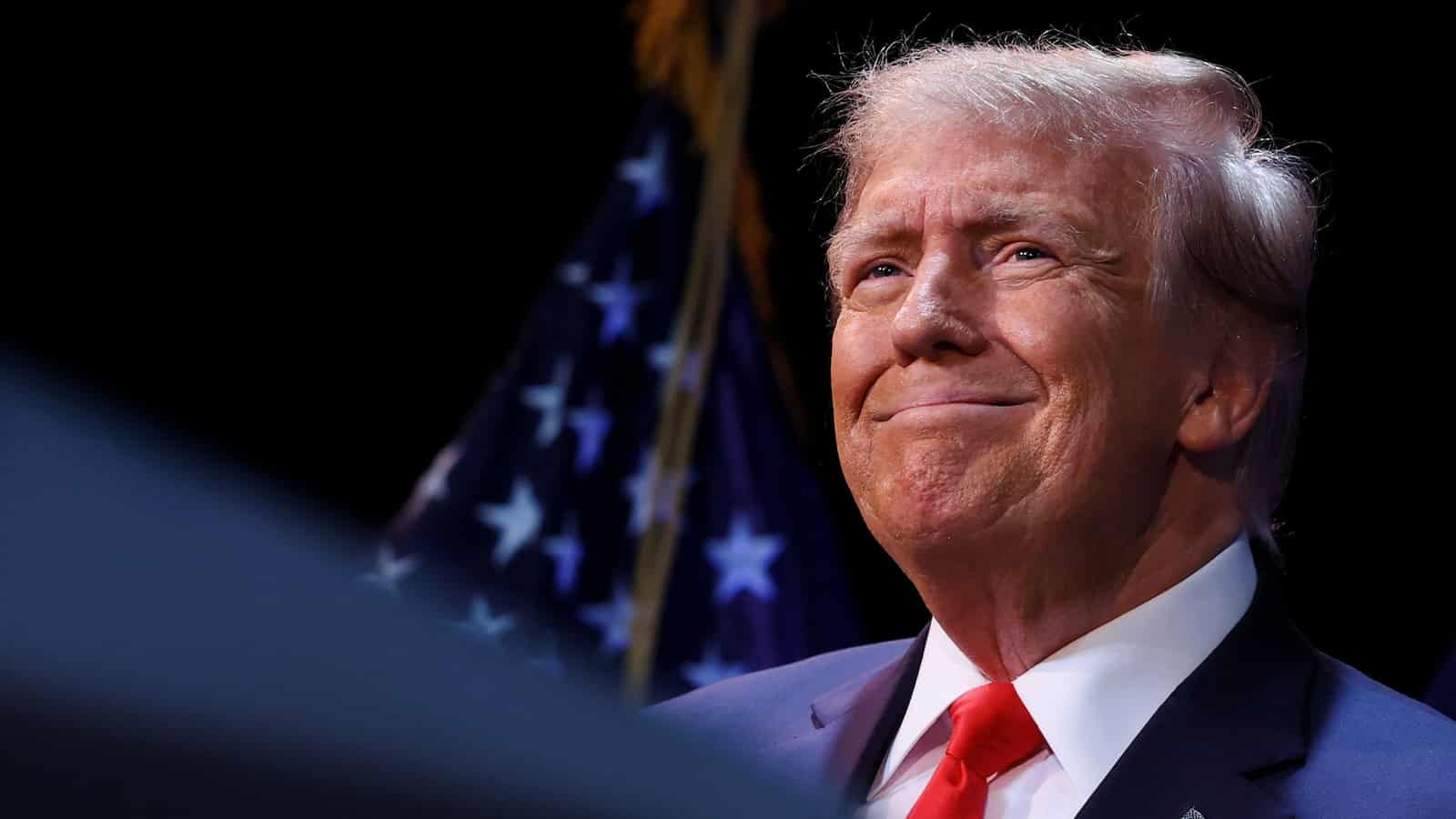Analysis of Potential Impact of Trump’s Proposed 100 Percent Auto Tariff on US Economy: In a recent campaign address, former President Trump made the following promise: “If elected, each vehicle that crosses our border will be subject to a 100 percent tariff; you will be unable to sell those vehicles.”
Although Trump did not specify the target of his tariffs in his March 17 speech, what would be the ramifications of imposing a 100 percent tax on imported automobiles?
Why is Trump selling bibles? Details on Cost and Where to Buy
Contradictory Strategies
It is potentially catastrophic. At a time when inflation is a major concern for many, historical data on tariffs on other products indicates that they would likely increase the price of motor vehicles, both domestic and imported, including used and new automobiles. Furthermore, contrary to what Trump claims, these tariffs would likely push thousands of American laborers below the poverty line.
He implied in his speech on March 17 that the 100 percent import tax would only apply to Chinese nameplate vehicles assembled in Mexico. However, although BYD, the leading global vehicle manufacturer, does manufacture electric vehicles in Mexico, its sales in the United States are minimal, if any.
Throughout his tenure, Trump put forth divergent import tax proposals. He has pledged to impose tariffs of 10 percent on all imported commodities, 50 percent on imported Chinese automobiles, and 60 percent on all Chinese products. Trump provides his explanation of his position on tariffs at this link.
Furthermore, it is unclear whether Trump would impose a tariff solely on automobile imports or also on parts. Assuring that any potential additional tariff would similarly target materials utilized in the production of other goods would be a logical deduction from the 25 percent tariffs imposed by Trump on Chinese steel imports in 2018.
An intricate supply chain
How would a tariff on imported automobiles and components operate?
Bear in mind that the automotive industry in the United States is dependent on an intricate supply chain. American laborers assemble automobiles in the United States using components sourced from various nations, with a particular representation from Mexico and Canada, but also including China and other countries.
Imports comprise approximately 25% of automobiles and light trucks purchased in the United States. Foreign nameplate manufacturers like Toyota, BMW, and Hyundai account for more than 50% of all vehicle sales in the United States. 44%, however, are assembled in the United States using a combination of domestic and foreign components. Moreover, these brands frequently utilize fewer foreign components than manufacturers headquartered in the United States.
To illustrate, according to the Made In America Auto Index of American University, the mean domestic content of Honda vehicles in 2023 was approximately 67%, whereas the mean domestic content of Ford vehicles was approximately 52%.
Simultaneously, the United States exports approximately 77,000 automobiles and $70 billion worth of components! China, Mexico, and Canada are the largest purchasers of components. This may come as a surprise. As a result, numerous imported vehicles are assembled using components manufactured in the United States.
Greater inflation and fewer employment opportunities
What economic repercussions might automobile tariffs entail? Immediate implementation of a 100 percent tariff on imported vehicles would nearly double their cost, as the majority of the additional cost would be borne by consumers.
However, that would only be the start. Domestic manufacturers would probably seize the occasion to increase their prices, even before factoring in the additional expenses incurred due to tariffs on foreign components required for vehicle assembly.
Furthermore, a significant portion of the 1.2 million American workers employed by auto dealerships and the one million who manufacture vehicles and parts would have their jobs jeopardized.
Then there is the scenario that would ensue if, as is virtually certain, US trading partners retaliated against American imports with tariffs. Such a vile trade war would lead to further increases in consumer prices in the United States and the loss of a great number of employment.
No one has yet determined the effect of Trump’s ambiguous proposals on employment in the United States. However, according to some estimates, the more moderate 25% tariff on imported steel in 2018 cost up to 175,000 jobs in the United States. According to one analysis, they also decreased net U.S. income by over $7 billion.
Economic Unpredictability
Could American companies establish new domestic assembly plants to produce automobile components and parts, as Trump has advocated? Undoubtedly, the process would span decades. Large price increases could also precipitate a decline in automobile sales, which would discourage businesses from making capital investments. The immense economic uncertainty that would result from such a tariff could discourage investment in sectors other than the automotive industry.
The precise trade policies that Trump would implement upon regaining the White House remain unknown. A hundred percent tariff on imported automobiles, however, would devastate the economy of the United States and affect thousands of workers.


















